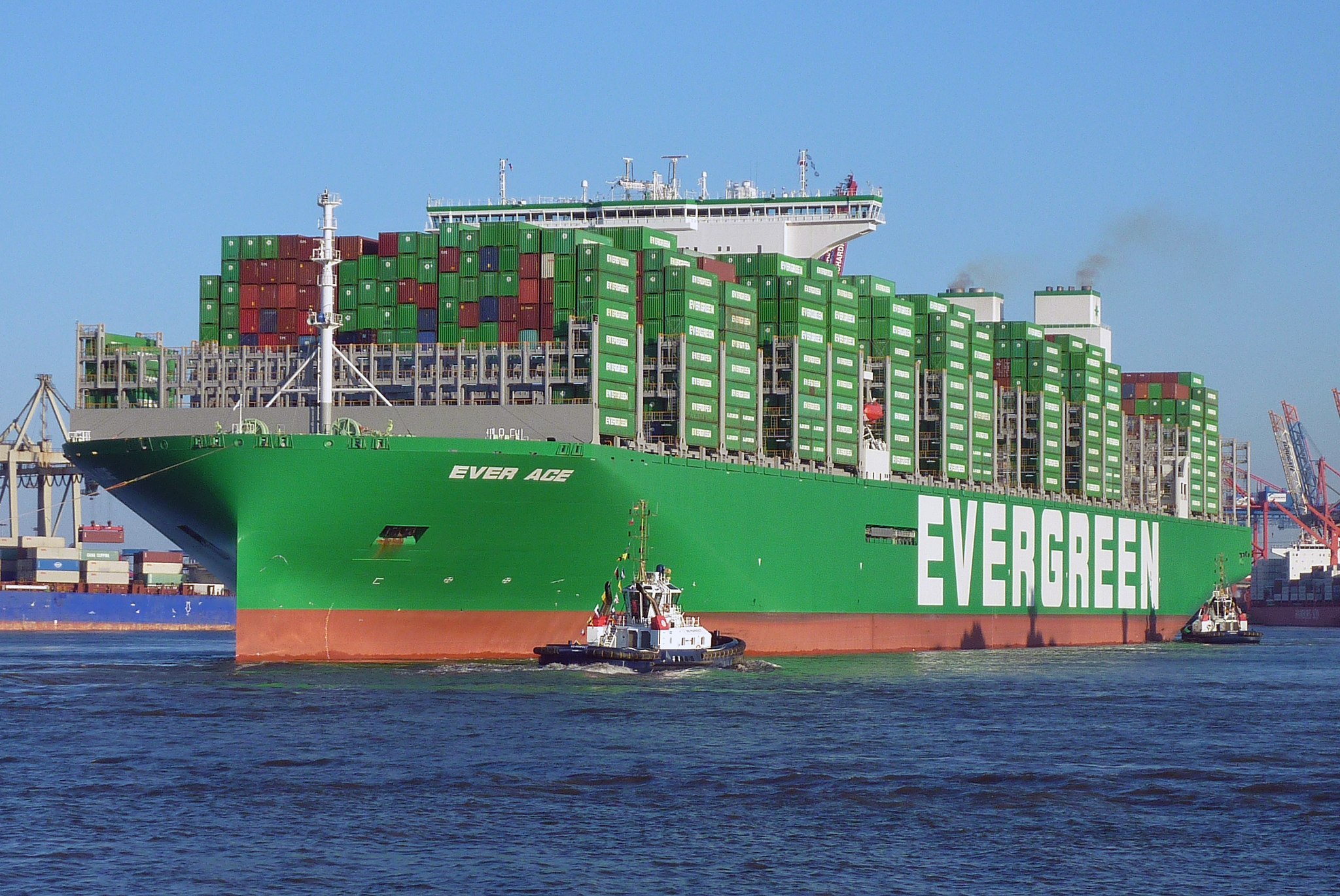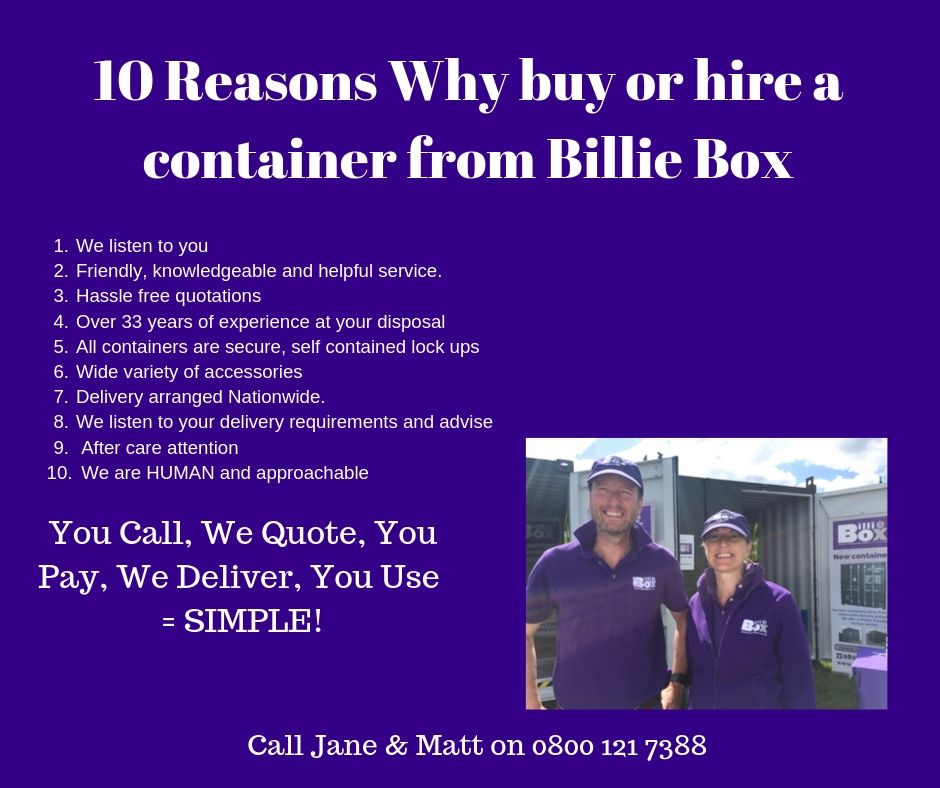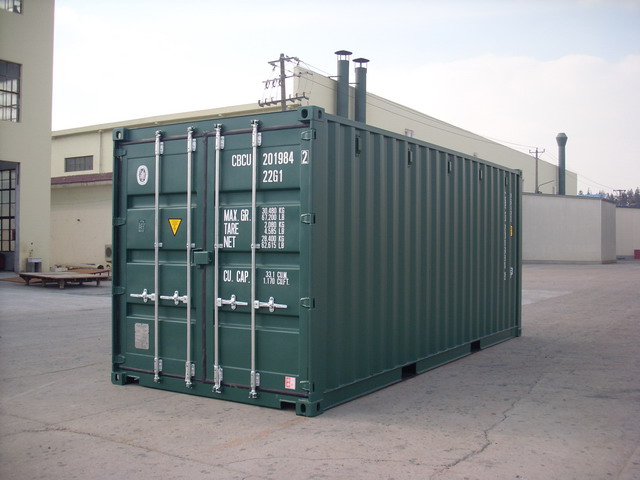The largest container ship in the world
The Evergreen Ever Ace is currently the largest shipping container in the world. But how much do you know about this amazing ship? In this article, we’re going to share some interesting facts about the Ever Ace, and the container shipping industry as a whole. Why are container ships so important for global trade? Container …




